Why They Do What They Do.
One of the most important—but weirdly overlooked—questions in storytelling isn’t what happens.
It’s WHY.
Like, why does someone stay in a toxic relationship (Girl, run!), or risk everything for a complete stranger? Why choose revenge over peace, or silence when it’s obviously confrontation o’clock?
These burning questions are more than juicy plot points. They’re the heartbeat of a story.
The “why” is what makes characters tick. It’s what gives the audience something to lean into, scream at, cry over, or cheer for. Without motivation, even the most gorgeously shot blockbuster feels… meh.
But when a character’s drive is clear and rooted in something real? Oof.
That’s when you get goosebumps.
Character motivation is the secret sauce that gives a story emotional flavor.
It explains choices, justifies chaos, and even makes bad behavior kind of understandable (hello, villain origin stories). When it’s done right, it feels like magic.
When it’s off? Something feels hollow, even if we can’t put our finger on it.
So where do these deep, compelling motivations come from? Welcome to the world of psychology, my friend.
Writers (and psychologists) have long known that humans tend to operate from a few core drives.
Let’s dive into 7 classic psychological motivations, each illustrated by a movie that absolutely nailed the “why.”
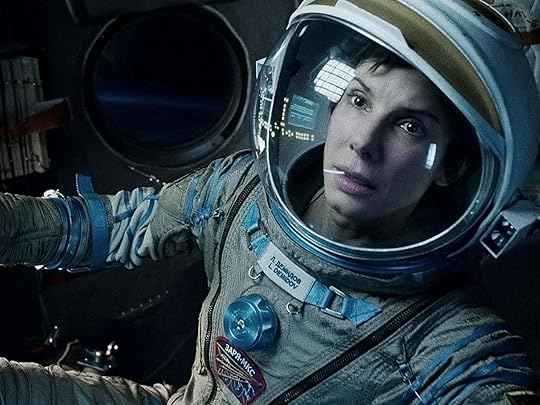 #1 – Safety – The Need to Survive and Feel Secure.
#1 – Safety – The Need to Survive and Feel Secure.
This is ground zero for human motivation. Forget your dreams of starting a pottery studio—if a tiger’s chasing you, you’re focused on not dying.
Safety includes physical survival, sure, but also emotional security. We’re wired to avoid danger and seek stability.
Sandra Bullock’s Dr. Ryan Stone in Gravity is fighting for her life in space. A debris storm shreds her shuttle, and suddenly she’s just a lone astronaut drifting into the void.
But here’s the twist: this isn’t just about surviving zero gravity. Ryan’s also battling grief—she lost her daughter, and she’s emotionally untethered. Her space struggle mirrors her internal journey to find the will to live again.
Why it works: It shows how physical survival is often tied to emotional resurrection.
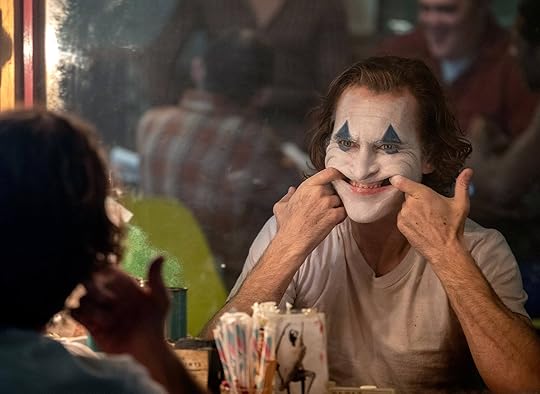 #2 – Love & Belonging – The Desire for Connection.
#2 – Love & Belonging – The Desire for Connection.
Once we’re safe, we start craving something warmer: love, friendship, a group chat that actually replies. This drive fuels some of the most emotional stories.
Characters who are lonely, rejected, or longing for connection will go to great lengths—good or bad—to fill that void.
In Joker Arthur Fleck (Joaquin Phoenix) doesn’t want to watch the world burn. Not at first.
What he really wants is to be seen, heard, loved. He craves connection and kindness.
But repeated rejection, societal indifference, and untreated mental illness twist that longing into something darker. His transformation into Joker is chilling, yes—but deeply human.
Why it works: We don’t excuse Arthur’s actions, but we understand the aching loneliness that drove them.
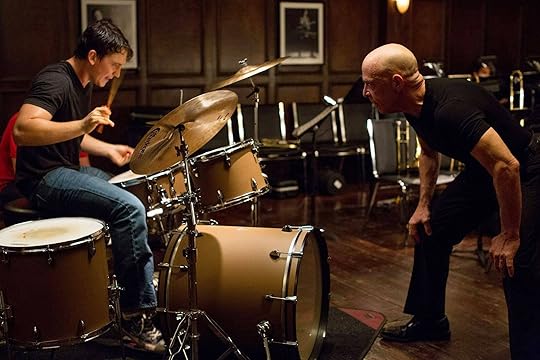
#3 – Esteem – The Need for Respect, Recognition & Achievement.
You’ve got a dream. You want to matter. This drive is about building self-worth—earning respect from others and yourself. It can be inspiring (You go, girl!) or destructive (Put the drumsticks down, Andrew!).
When characters chase greatness, fame, or mastery to feel “enough,” drama is guaranteed.
Andrew Neiman (Miles Teller) in Whiplash isn’t just trying to be a good jazz drummer. He wants to be legendary.
Under the brutal mentorship of Terence Fletcher (J.K. Simmons), his desire to prove himself becomes obsession. Esteem becomes his entire identity—and it nearly destroys him.
Why it works: It’s a raw look at the price of tying your worth to applause.
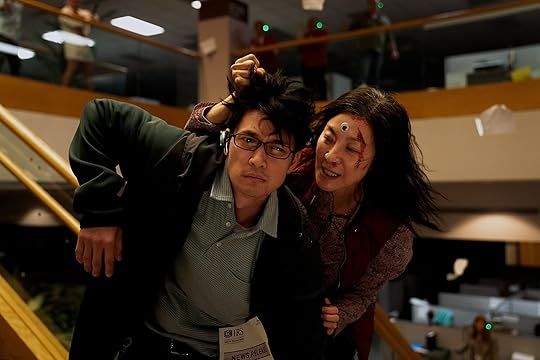 #4 –
Self-Actualization – The Need for Purpose and Fulfillment.
#4 –
Self-Actualization – The Need for Purpose and Fulfillment.
This is the “what’s it all about?” motivation. It’s not about survival, belonging, or validation—it’s about becoming your truest self.
Self-actualization stories are often emotional rollercoasters with a side of existential crisis. Characters may feel stuck or haunted by paths not taken, until something cracks them open.
In Everything Everywhere All At Once Evelyn Wang (Michelle Yeoh) is pulled into a chaotic multiverse filled with sausage fingers and martial arts. But underneath the madness is a quiet ache: “Did I live the right life?” She’s driven to find meaning in the mess, to understand who she could’ve been—and who she still can be.
Why it works: It’s not about saving the universe. It’s about choosing presence, love, and self-acceptance.

#5 –
Control – The Urge to Influence Outcomes and Avoid Chaos
.
Ever made a color-coded planner after a bad breakup? That’s the need for control talking. This motivation kicks in when life feels unpredictable or when characters have experienced powerlessness.
They seek control over their environment, others, or themselves—sometimes in healthy ways, sometimes not so much.
Joy (Brie Larson) in Room has survived years in captivity, raising her son in a single, tiny room.
Her motivation? Regaining control of their lives. Even after escape, the battle isn’t over—PTSD, media intrusion, and the overwhelming outside world crash in. Meanwhile, little Jack has to unlearn everything he knew about reality.
Why it works: It shows how control is less about power and more about reclaiming agency.
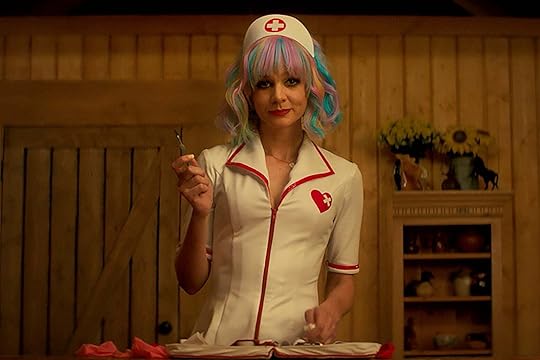
#6 –
Redemption – The Drive to Make Amends and Heal
.
Redemption arcs are catnip for emotional storytellers. These characters are haunted by guilt, loss, or failure. They’re not trying to go back—they’re trying to do better.
Redemption stories are powerful because they tap into our belief in second chances (and our secret wish to fix our own regrets).
In Promising Young Woman Cassie (Carey Mulligan) is not out for random revenge—she’s on a deeply personal mission.
Her best friend was sexually assaulted, and no one was held accountable. Cassie’s motivation is to force a reckoning—not just for the perpetrators, but for a culture that stayed silent. Her arc is fueled by pain, love, and the need to set something right.
Why it works: It’s a chilling yet poignant example of how grief can shape a quest for justice and healing.
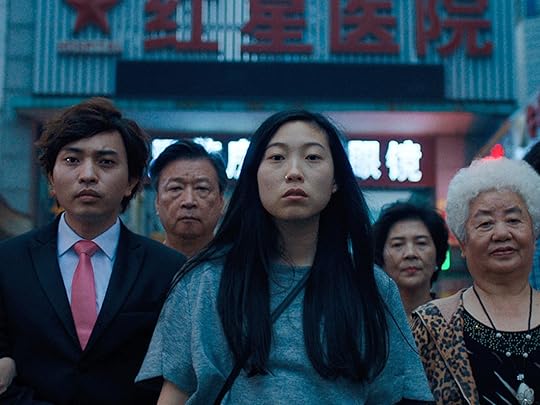 #7 –
Identity – The Quest to Understand Who We Are.
#7 –
Identity – The Quest to Understand Who We Are.
Ah, the good ol’ identity crisis. These characters are trying to figure out where they belong, who they really are, or how to reconcile different pieces of themselves.
It’s especially strong in coming-of-age stories, immigrant tales, or any narrative about shifting roles (hello, midlife reboots).
Billi (Awkwafina) in the movie The Farewell flies back to China for what she thinks is a wedding—only to learn the family’s hiding her grandma’s terminal diagnosis. Now she’s caught between two cultures, two sets of values, and two versions of herself. Her “why” is all about navigating love, loyalty, and identity across continents.
Why it works: It captures the quiet ache of living between worlds—and the longing to belong in both.
In Conclusion – Motivation isn’t just a line in a character bio. It’s the emotional GPS of your story. It tells us why a character does what they do—and whether we cheer, cringe, or cry when they do it.
Next time you watch a movie, try this little game:
 Ask: What does this character need? Not want—NEED.
Ask: What does this character need? Not want—NEED.
 Then ask: Where does that need come from?
Then ask: Where does that need come from?
 And finally: What’s at stake if they don’t get it?
And finally: What’s at stake if they don’t get it?
Suddenly, you’ll start seeing characters not just as heroes or villains—but as people, beautifully flawed and painfully real.
Happy writing!
Now it’s YOUR turn – What’s a film where the character’s motivation really hit you hard?
Would love to get your input in the comment box below.
The post Why They Do What They Do. appeared first on Vered Neta.



